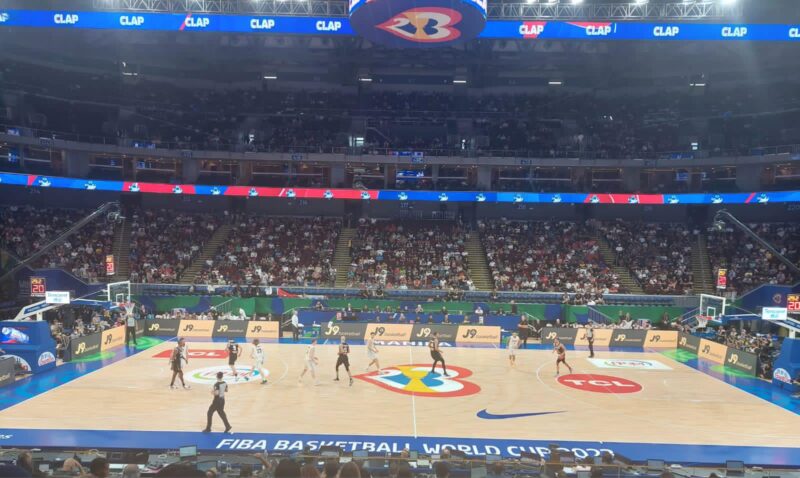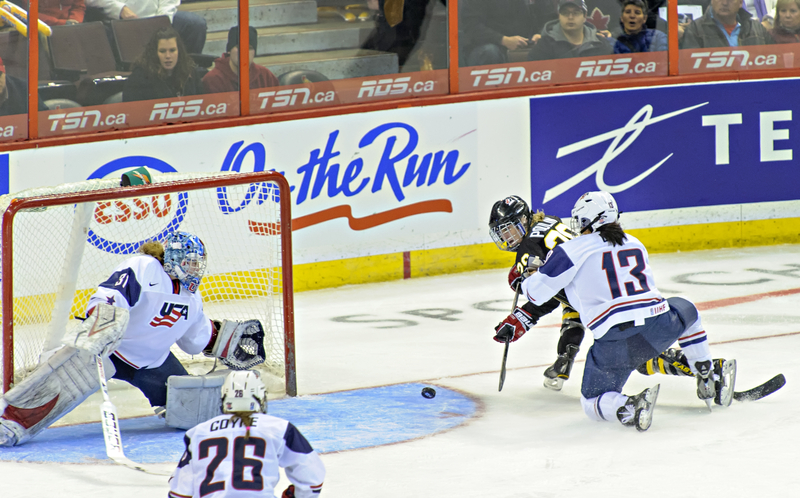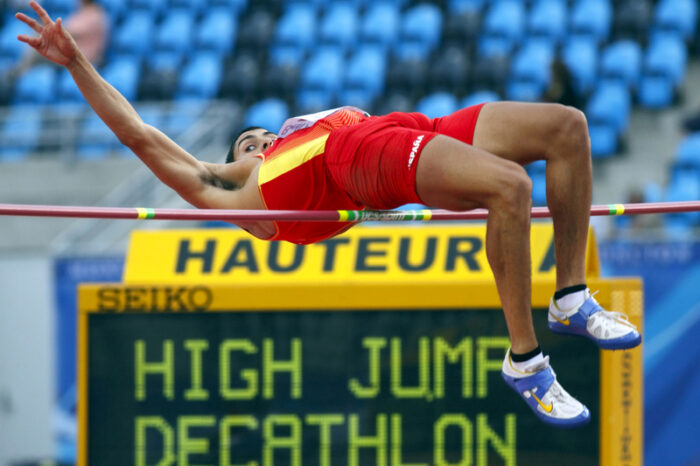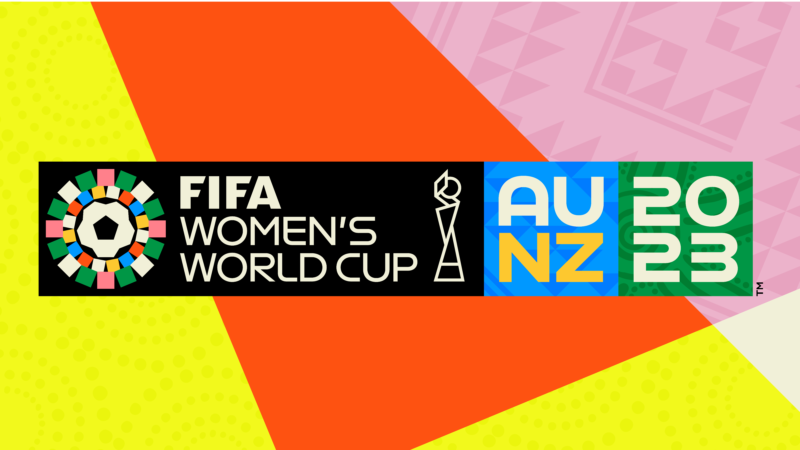On February 22, the world of women's sports got some big news. The members of the US women's national team (USWNT) finally settled with US Soccer to receive the same pay as the men's national team (USMNT).
This moment has been coming for a long time. And it didn't always look certain to happen either. Let's see what it means for these female athletes, as well as women's sports in general.
Why was there a lawsuit?
Despite decades of success, the USWNT has struggled to receive equal pay. (Getty Embed)
The US women's national team is the most successful female soccer team ever. They have won four Women's World Cups and four Olympic gold medals. Their matches have set world attendance records for women's sporting events. On TV and streaming, their matches are some of the most watched soccer games in the United States—for male or female athletes.
Yet, the players have always received far less money to play than the members of the men's national team. This was true despite the fact that the men's team has never won a World Cup or an Olympic gold medal—it missed even qualifying for the last World Cup (2018)—and draws fewer viewers and fans.
The argument of the USWNT was simple: We play at the highest level of any other team in our sport on the planet. We should at the very least get the same pay as the men do.
The chicken and the egg
Despite having some of the most well known female players, like Alex Morgan (centre right), women's pro soccer leagues are not well funded or promoted. (Getty Embed)
That sounds like a pretty solid case, right? So why weren't they getting paid?
The issue that the USWNT always faced was the same faced by so many professional female athletes in other sports. From hockey to basketball, women's pro leagues were either non-existent or barely known. And they made very little money compared to men's leagues like the NFL, NBA, NHL, and MLS. This is what people would always point to when female athletes asked for extra pay.
But there's another side to this. Because a big reason why certain leagues do well is because they are invested in. Money is put into these leagues before they make money themselves.
This allows the athletes to train more and perform better, improving the league's quality. It also allows them to be on TV more, to be advertised more, and to gain more fans. And more fans means more popularity, which means more ticket and uniform sales, which means they make more money.
The example of women's tennis
After her big win at the 2021 US Open, tennis player Emma Raducanu received the same prize money as the men's champ. (Getty Embed)
A great example of how putting (nearly) equal money into something improves how much money it can make is the case of women's tennis. In the 1960s, female tennis players made only a fraction of what men did. It took a walkout in 1970 by a group of the top female players—led by the game's best player, Billie Jean King—to start to bring attention to this issue.
Gradually, the pay gap started to shrink. (The US Open tennis tournament awarded equal pay in 1973, while Wimbledon did in 2007.) And alongside these slow changes, the quality of the women's game began to grow, too, reaching a point where many female athletes are just as popular as the top male players. Today, the cash prizes are still not always exactly equal between male and female players, but it is much closer (in a few cases, the women even get paid more!).
Though it is tricky suggesting that more balanced pay is the reason why women's tennis is so successful, it certainly did not hurt. And it is telling that female American tennis players like Venus and Serena Williams and Billie Jean King were acknowledge by some USWNT players after their court victory.
A quick note on yesterday…truth is this work has spanned decades and generations; and not just within women’s soccer, but all women’s sports. We couldn’t have done any of this without the 99ers. Not without Venus, Serena and Billie Jean. Not without the @TheWNBPA and many more. https://t.co/E9KORkDecZ
— Becky Sauerbrunn (@beckysauerbrunn) February 23, 2022
It's all part of the same sort of fight.
The settlement
Back to the USWNT, their court victory has given them two things. One in $24 million in money to be split across players and on the development of the women's program. This is kind of like what is known as retroactive payment—money that they would have been earning in the past, if things had been more equal.
And the second is that, moving forward, they will receive the same pay as the USMNT. This includes bonuses for performing well at international events like the World Cup (which the USWNT does a lot!).
All in all, it is a really big step towards a world where women's sports are watched and celebrated as much as men's are. As the story of women's tennis proves, such a journey includes many steps, happening over many years. But as women's professional soccer leagues across Europe and United States continue to grow, this is quite a moment!
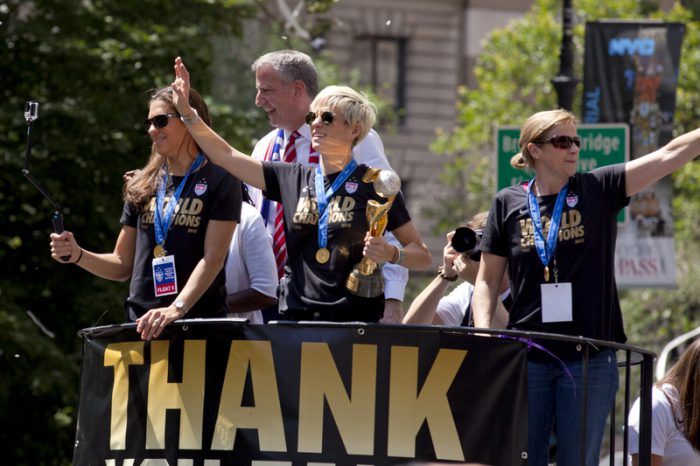 The USWNT celebrate their World Cup win in 2019. (ID 56625530 © Anthony Aneese Totah Jr | Dreamstime.com)
The USWNT celebrate their World Cup win in 2019. (ID 56625530 © Anthony Aneese Totah Jr | Dreamstime.com)


